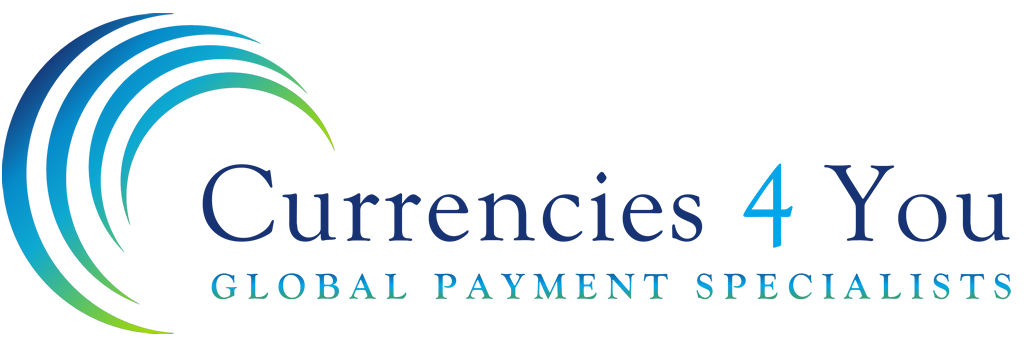UK
Wednesday saw the release of Inflation data for March in The UK. The figures although up from February’s 0.4% due to an increase in the cost of fuel, transport and clothes, was still a little short of the 0.8% expected with lower food prices offsetting other price rises. The rise in fuel prices in March saw the biggest annual increase since January 2020. Moving further into 2021, forecasts from the Bank of England suggest inflation could hit 1.9% by December 2021 however other analysts expect it to hit 2% by December 2021 if not a lot sooner, with a further potential rise in energy and oil prices influenced by the sale of Asda to TDR Capital.
All the attention regarding the Bank of England of late has been centred around whether negative interest rates will be approved. Throughout the last few meetings Andrew Bailey has avoided to commit to introducing negative rates, just acknowledging the topic with a hint that they can be introduced if need be. Again today’s meeting steered completely away from the subject, but with the next rate review on the 6th May it will be interesting to see how the vote turns out with Chief Economist Andy Haldane being against negative rates, announcing his plans to step down.
EUR
April has been a much more positive month for the Bloc all round with a more positive outlook for the recovery of the economy being driven by their vaccination campaign numbers improving week on week. Germany have been leading the surge in vaccinations over the past few weeks after letting doctors administer Covid Jabs in their offices. France, Italy & Spain are now due to not only follow suit but put a focus on vaccinating large numbers of residents on a daily basis after the EU’s drug regulator changed course on Tuesday stating the benefits of the Johnson & Johnson vaccine far outweigh the risks. However, a significant unwinding of lockdown in Europe isn’t expected to happen for a few more months at the earliest.
The focus for Thursday will be on Christine Lagarde’s speech at the European Central Bank’s meeting, scheduled for 13:30pm. Since the March meeting, economic data in the form of Retail Sales and monthly sentiment has gradually continued on an upward trend. As mentioned earlier, the pick-up in the bloc’s vaccination programme has also seen around 400 million extra doses to be made available after less than 80 million were administered in the first 3 months of the year. With this in mind, along with some countries in the bloc still in some form of lockdown or restrictions, it will be key to see the guidance moving forward regarding the continuation and levels of Quantitive Easing in support of the economic recovery.
U.S.
The last few days have been a bit quiet on the economic front for The U.S, however figures last week showed signs of promise for an economic recovery with Retail Sales for March smashing expectations by nearly double. The main force behind the surge in consumer spending was the $1,400 cheques given to residents at the beginning of March. Employment figures have also come out promising, again outlining the sort of recovery The Fed Reserve can expect to experience, with a huge focus on The Fed Reserve meeting next week centred around Interest Rates.
The Bank of Canada became the first major central bank to reduce their Quantitive Easing program yesterday, reducing the policy from $4bn Canadian Dollars to $3bn on a weekly basis with an improved outlook globally and the rate of vaccinations worldwide progressing being the main factor. The BoC also mentioned a shift in their timeline to introduce a rate hike in the later half of 2022 as opposed to a hike in 2023. This will no doubt put The Fed Reserve amongst other major Central Banks under pressure to look at the potential for rate hikes sooner rather than later.
